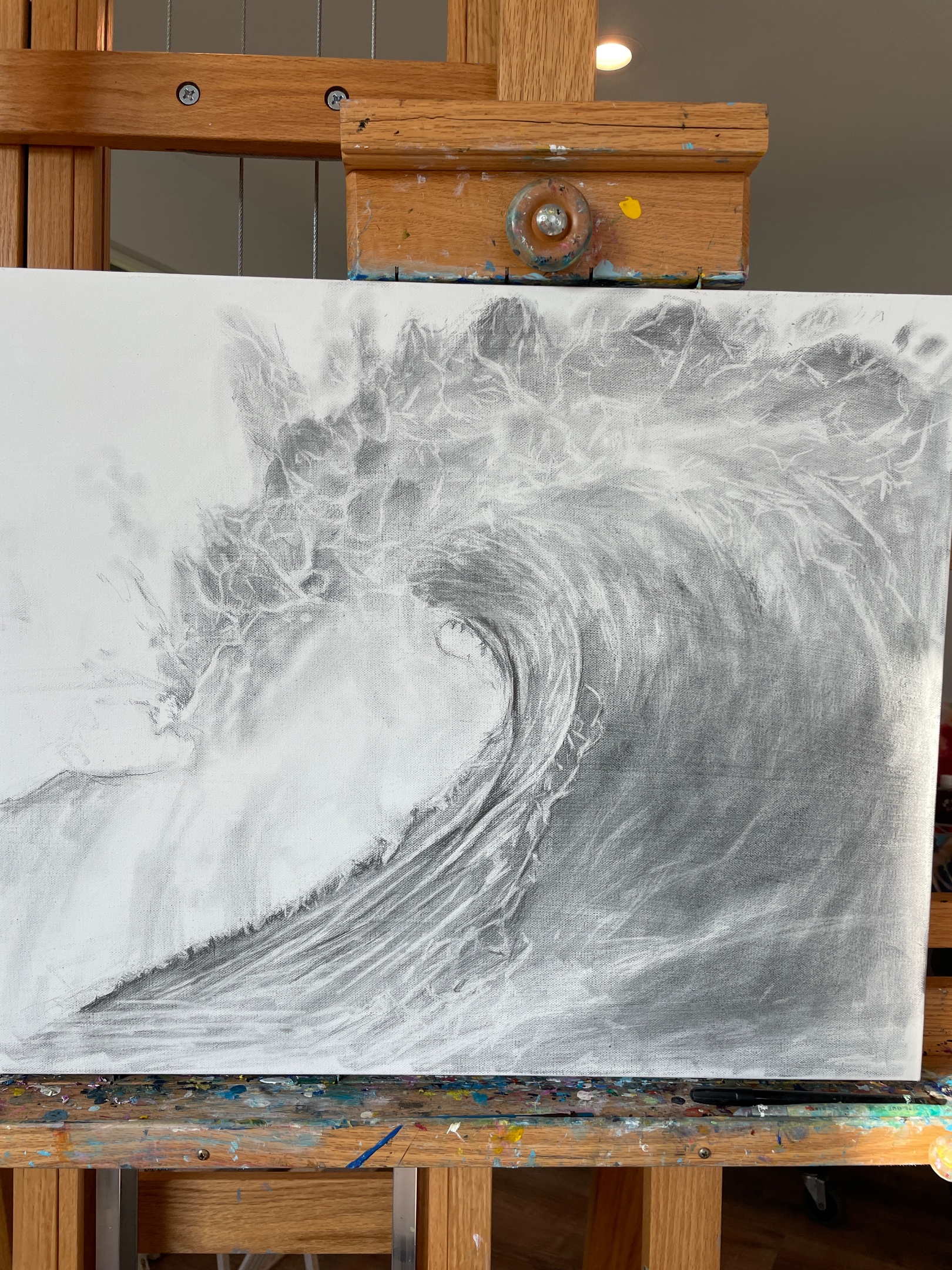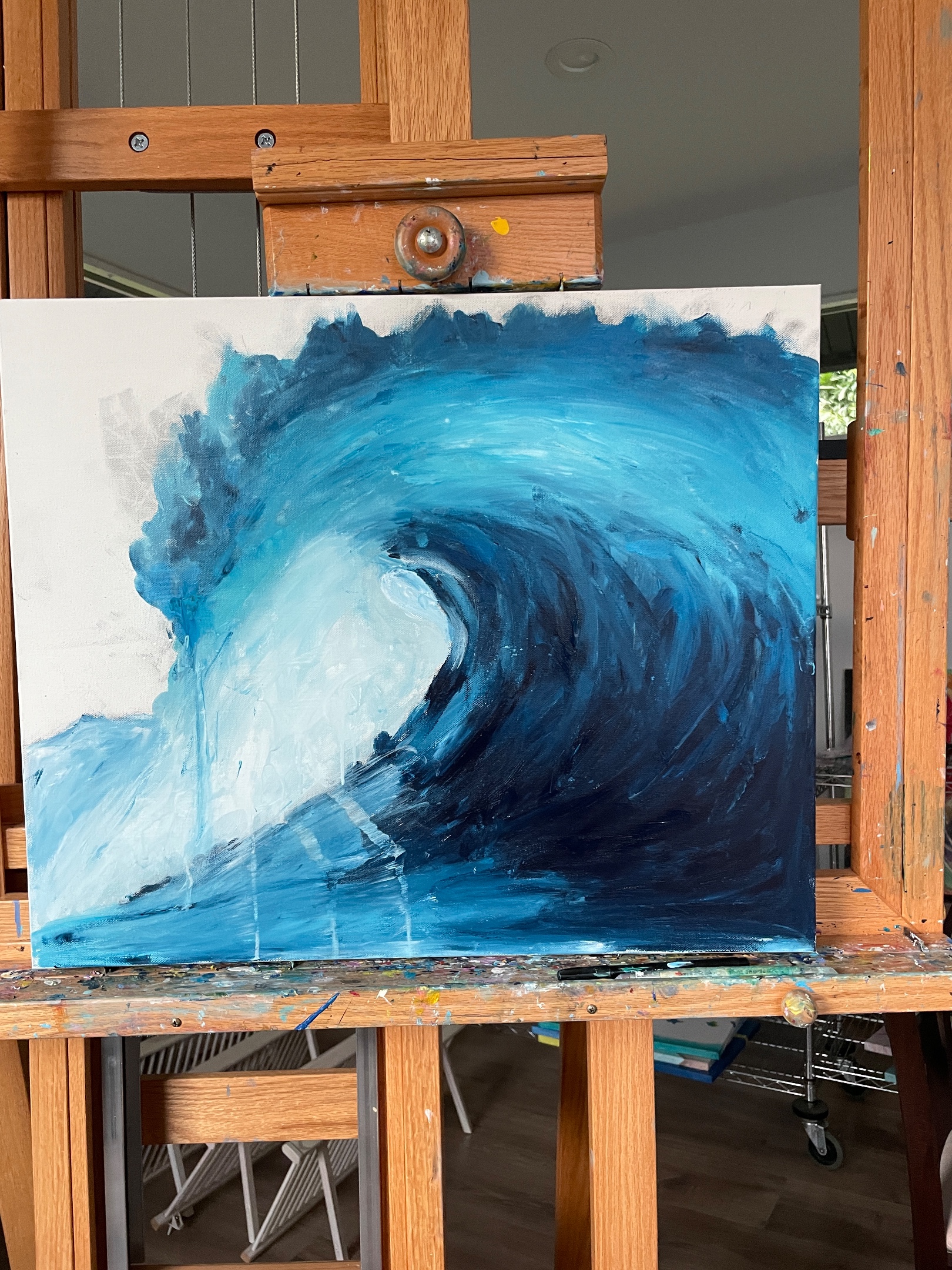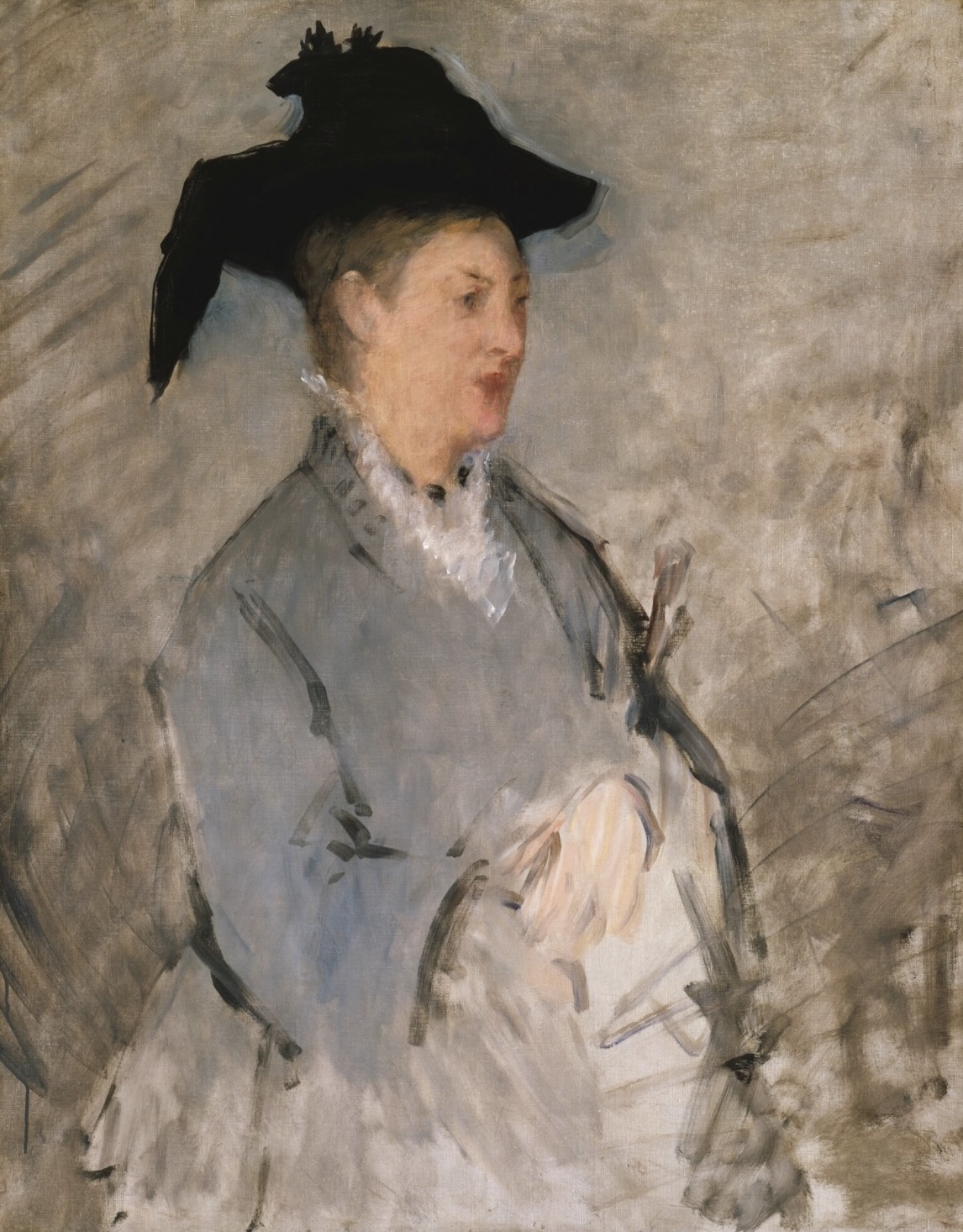When we learn colors we must first to learn underpinning—the foundation of locoed layers in many famous paintings in history.
In this exploration, we delve into the essence of underpainting, its historical significance, and its enduring relevance in today’s art world.
1: What is Underpainting
2: Historical Significance
3: Modern Relevance
4: Techniques and Variations
1. Modern Relevance
Underpainting is the initial layer of paint applied to a canvas, which serves as a base for subsequent layers of paint.
Traditionally executed in monochrome or limited colors, this technique helps in establishing the tonal values, composition, and overall mood of the artwork.
By mapping out light and shadow, underpainting creates a guide for the final painting.
2. Historical Significance
The roots of underpainting stretch back to the Renaissance, a period marked by the pursuit of realism and depth in art.
Masters like Michelangelo, Leonardo da Vinci, and Titian all used underpainting to achieve their famous of light and shadow, imbuing their works with life-like vibrancy. This technique was not limited to oil painting; it was also a staple in fresco and tempera works, illustrating its versatility across mediums.

Michelangelo Buonarroti – Sistine Chapel Ceiling (to read more about Sistine Chapel click here:https://en.wikipedia.org/wiki/Sistine_Chapel)
In the 17th century, artists of the Dutch Golden Age, such as Rembrandt and Vermeer, elevated underpainting to new heights. They experimented with various underpainting colors and techniques to enhance the luminosity and emotional depth of their paintings.
This era showcased the evolution of underpainting from a mere preparatory step to a critical component of an artist’s expression and style.
3. Modern Relevance
Despite the evolution of art styles and the advent of digital painting, underpainting remains a relevant and powerful tool in the artist’s arsenal. Contemporary artists often use underpainting to add complexity and weight to their works.
It serves as a bridge between the artist’s initial vision and the final piece, allowing for adjustments in composition and tonality before the application of final colors.
Underpainting also offers a practical advantage by allowing artists to work out the visual dynamics of a piece without committing to expensive pigments. This step can lead to significant cost savings, especially in large-scale works or when using high-quality materials.
below is an example of how one of my wave painting transformed from an underpainting to the final product.



4. Techniques and Variations
The versatility of underpainting lies in its adaptability to different styles and techniques. The ‘grisaille’ technique, for instance, uses shades of gray to establish a value scale, while ‘verdaccio’ incorporates greenish tones to create a neutral base for flesh tones.
Artists might choose a warm or cool-toned underpainting based on the desired effect for the final piece, each choice imparting a different emotional quality to the artwork.
Check out verdaccio technique in this post here:
In many modern-era paintings, the underpainting is a layer of color stumbled in directly to create shapes and masses without any lines or clear edges. This painting by Manet is a fine example of this technique.

Hope this post is helpful! Share with a friend if you like to!




